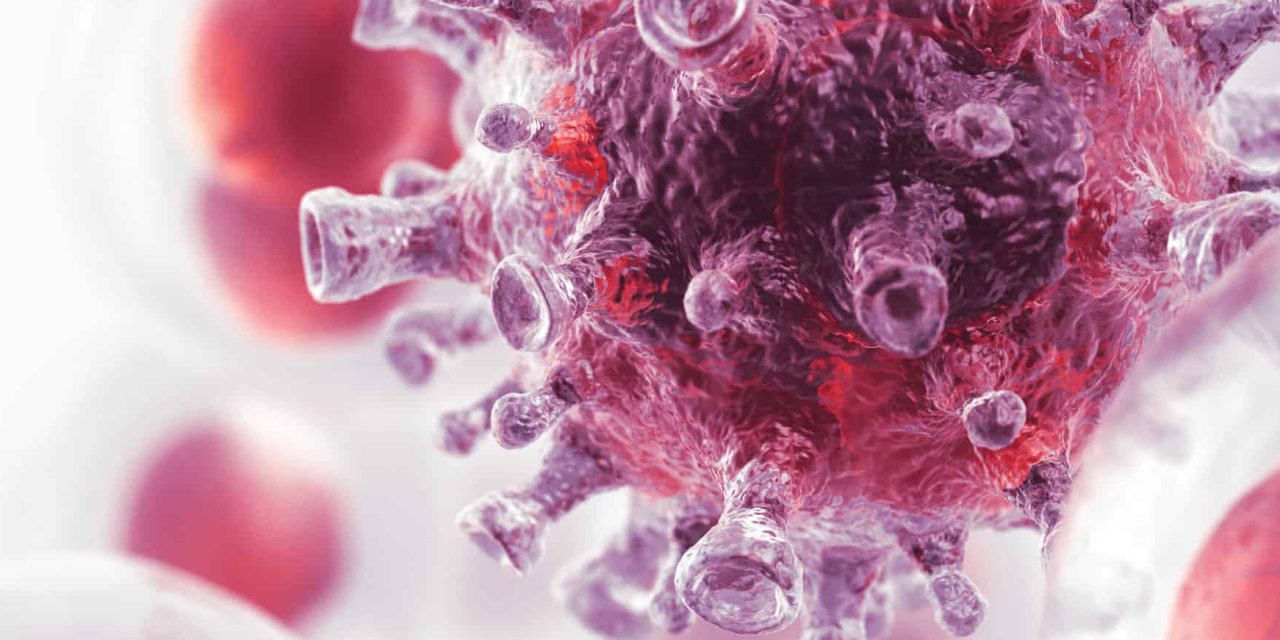The Department of Health and Human Services (DHHS) Panel on Antiretroviral Guidelines for Adults and Adolescents issued new guidelines December 1, 2009 for the use of antiretroviral agents in HIV-1-infected adults and adolescents. The revised recommendations update the November 3, 2008 version of the guidelines. “The guidelines serve as a living document and are updated regularly using electronic distribution channels,” says Paul E. Sax, MD, who is on the DHHS panel. In the guidelines, recommendations are based on the best evidence from prospective trials in HIV therapy with defined endpoints.
When to Start Antiretroviral Therapy
There are several key changes from the November 3, 2008 DHHS guidelines, and one of the most important, in Dr. Sax’s opinion, addresses when to start antiretroviral therapy (ART). “In recent cohort studies, findings support that starting therapy in patients with a higher CD4 cell count is associated with improved outcomes,” he says. “Most of the available evidence recommends starting ART earlier, with specific considerations [Figure 1]. For example, one study suggested that treatment be started before the CD4 cell count falls below 350 cells/mm3 while another found that 500 cells/mm3 should be the threshold. Considering data from observational studies and data from prospective clinical trials, the panel decided that the threshold for starting ART should be increased to between 350 cells/mm3 and 500 cells/mm3.”
While there is clearly a movement in the updated DHHS guidelines to begin treatment earlier, Dr. Sax says this strategy does not apply to everyone. “Some patients are clearly not ready to start therapy because they can’t commit to lifelong medication adherence. Providers and patients must work together to develop individualized treatment plans, especially in cases where patients have higher CD4 cell counts but are not initiating ART.”
The DHHS update continues to recommend that ART be started in all patients who have a history of an AIDS-defining illness or in whom CD4 counts are less than 350 cells/mm3. Regardless of CD4 count, ART should also be started in women who are pregnant or in those who have HIV-associated nephropathy or hepatitis B virus (HBV) coinfection for which treatment of HBV is indicated.
What to Antiretroviral Therapy Start
The December 1, 2009 DHHS guidelines also provide an update on what specific drug regimens should be started in patients with HIV (Figure 2). “There have been many prospective comparative trials of regimens—not just components of regimens—and the panel now offers recommendations for ‘preferred’ regimens,” explains Dr. Sax. “Preferred regimens were defined as having the most effective virologic efficacy and tolerability and being the easiest for patients to use.” The guidelines also have “alternative” regimens, which have shown good virologic efficacy and tolerability but have some disadvantages when compared with preferred regimens.
“The reason preferred regimens were chosen is that direct head-to-head, randomized clinical trials have been published,” says Dr. Sax. “These trials offer the highest level of evidence that exists in clinical research. When selecting preferred regimens, clinicians need to consider pill burden, adverse event profiles, effects on pregnancy, and other complications of treatment. It’s also important to analyze long-term data when selecting regimens to ensure that HIV patients are directed to the most appropriate ART depending on each person’s individual characteristics. Clinicians should recognize that some patients will be better treated using alternative regimens based on their preexisting conditions. The guidelines can help steer these treatment decisions for providers.”
Other DHHS Guideline Updates
The updated DHHS guidelines added a new section that reviews current knowledge on the epidemiology and diagnosis of HIV-2 infection, and the role of ART in the treatment of these patients. “HIV-2 infection is most prevalent in Western Africa,” says Dr. Sax. “There also appears to be a higher rate in countries with strong socioeconomic ties to West Africa, such as France, Spain, Portugal, and former Portuguese Colonies such as Brazil, Angola, Mozambique and parts of India, near Goa. This can affect U.S. clinicians too because immigrants from these regions may enter the country. Unfortunately, we still lack data on the optimal treatment of HIV-2 infection. The limited available evidence indicates that non-nucleoside reverse transcriptase inhibitors do not appear to have activity in these patients. For now, a regimen containing nucleoside reverse transcriptase inhibitors plus a boosted protease inhibitor is probably the best approach.”
More specific recommendations are provided concerning when genotypic and phenotypic testing should be used to guide management in both newly-diagnosed patients and in treatment-experienced patients when viremia develops during treatment. The guidelines have updated information on drug-resistance testing, regimens that should not be used, the management of treatment-experienced patients, treatment simplification, and hepatitis C coinfection. Sections on antiretroviral-associated adverse effects, antiretroviral drug interactions, and the prevention of secondary transmission of HIV have also been updated. Dr. Sax says “these guidelines can provide helpful advice for clinicians managing patients with HIV and will continue to be updated as more evidence emerges in the future.”



 Janine Anthes
Janine Anthes